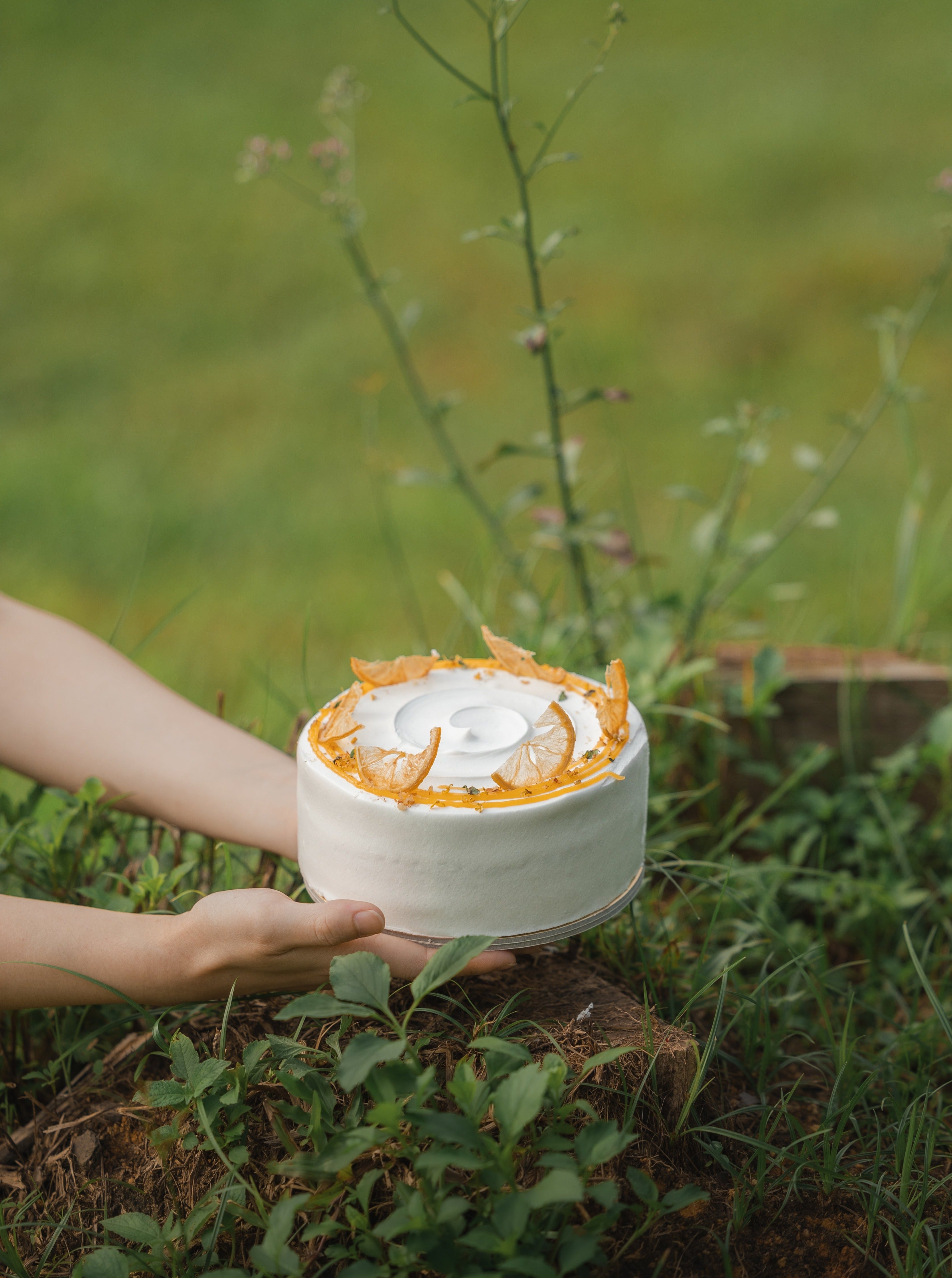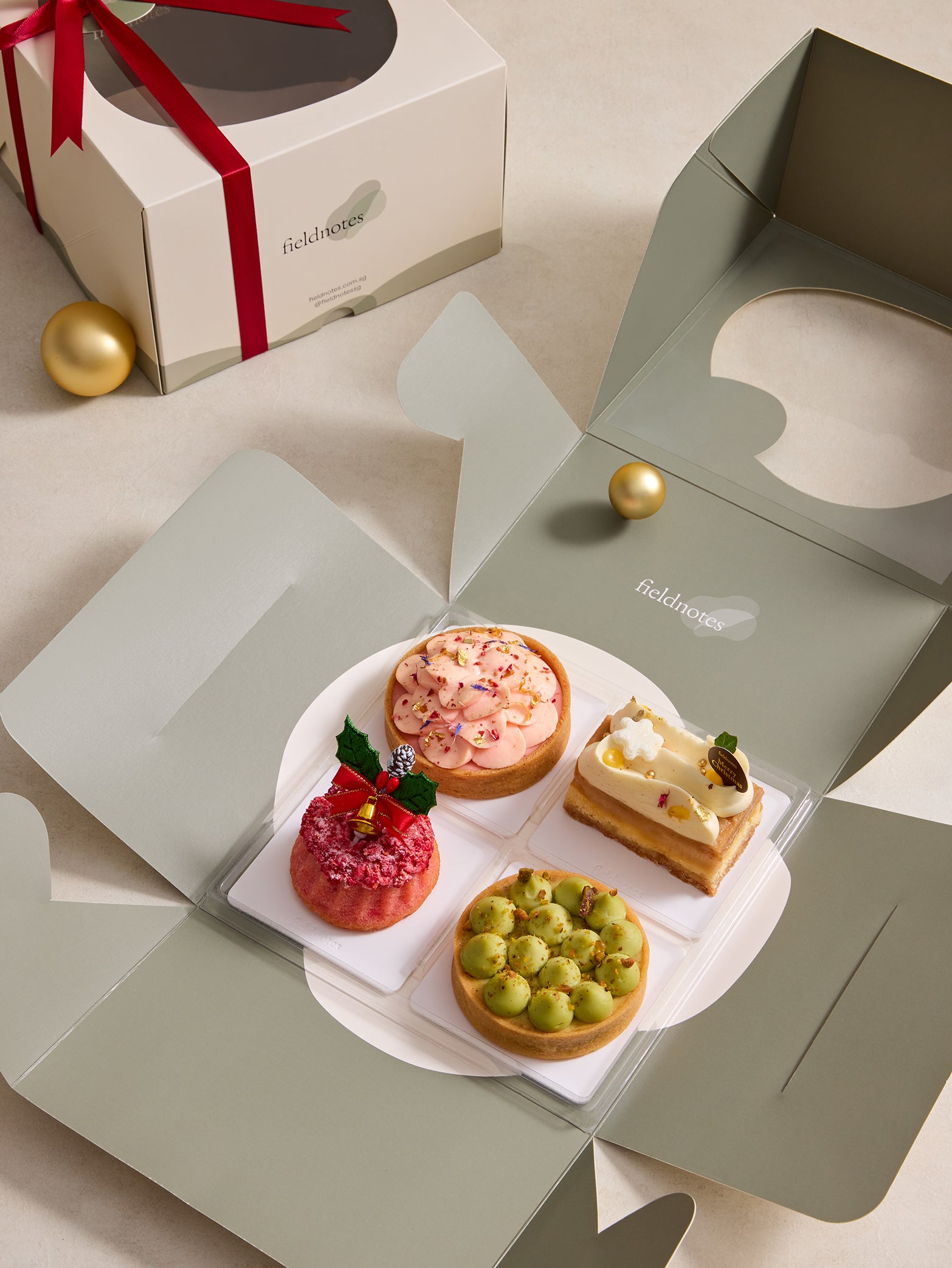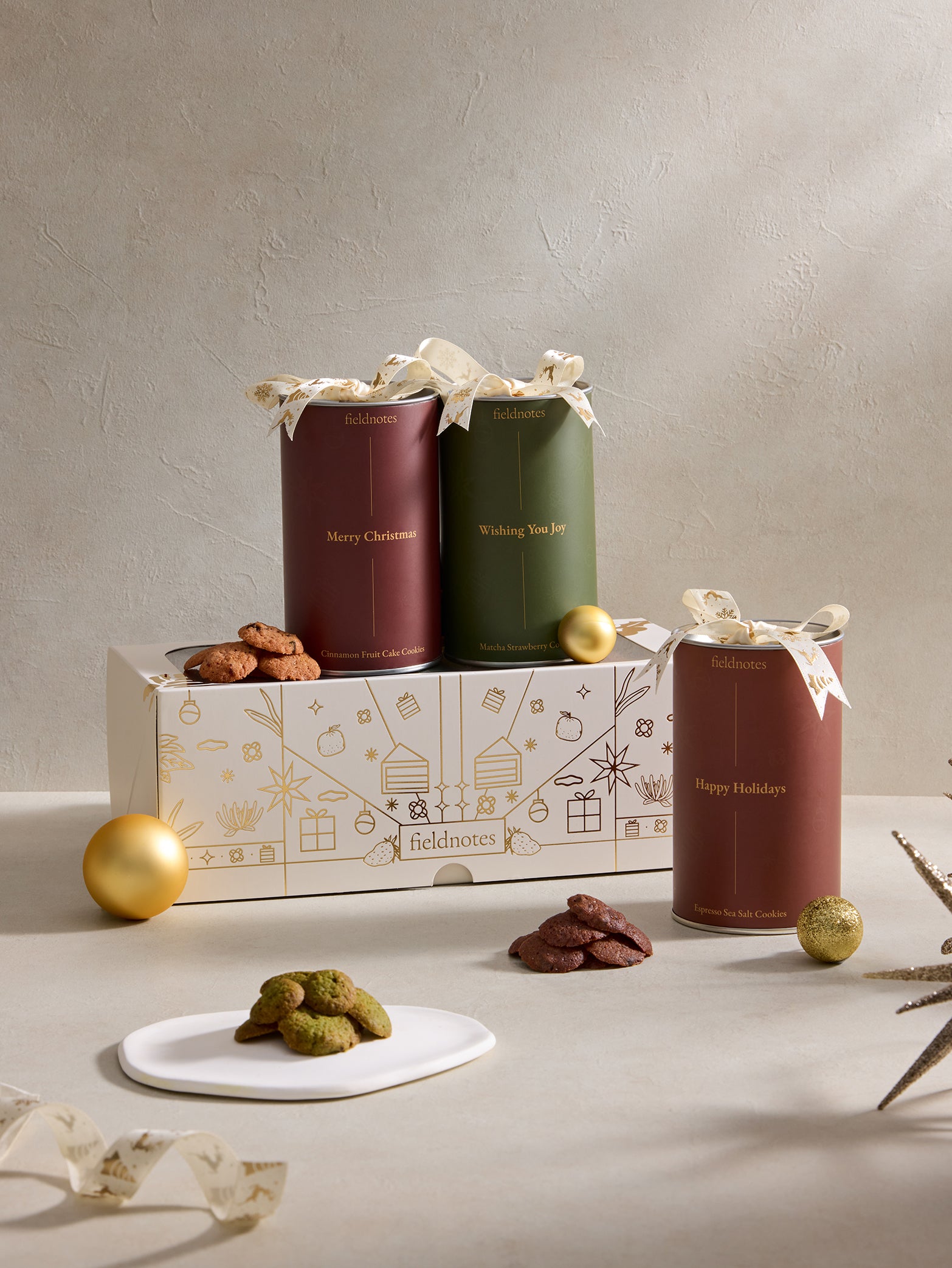Key Takeaways:
What are the secrets to making the perfect tart crust?
- Start with quality ingredients to build a reliable tart crust.
- Keep everything chilled to prevent shrinking and tough textures.
- Roll the dough gently to maintain tenderness and shape.
- Blind bake to avoid soggy bases and support delicate fillings.
- Avoid common mistakes like overworking, skipping the chill, or forgetting weights.
Introduction
A tartis often remembered for its filling: smooth custard, glossy fruit, or rich chocolate that takes centre stage. Yet it’s the crust that quietly holds everything together, setting the stage for balance and beauty. Too tough, and it overshadows the filling; too crumbly, and it falls apart before the first bite. Finding that perfect middle ground is both art and practice, rooted in patience and care.
In this guide, we’ll explore how to create a tart crust that feels just right, along with the common missteps that bakers, both new and experienced, often encounter.
What Makes a Tart Crust Successful?
Choosing the Right Ingredients
Every great pastry starts with quality ingredients. Butter brings richness and flavour, while flour provides the structure needed to hold delicate fillings. For the best results, always use unsalted butter and fresh flour, the foundation of a crust that balances taste and texture. Each choice plays a role in creating a reliable tart crust that complements the filling. Many bakers also experiment with the best ingredients for tart dough, from almond flour for nuttiness to a touch of sugar for sweetness.
Keeping It Cool
Temperature control is the secret to success. Chilled butter creates those desirable flaky layers, while resting dough in the refrigerator helps prevent shrinkage during baking. Think of it as giving the dough time to relax before its transformation in the oven.
How Do You Handle Dough Without Ruining It?
Rolling with Care
One of the most overlooked techniques is how you roll the dough. Rolling too quickly or applying too much pressure can toughen the pastry, making it less pleasant to eat. Instead, use gentle, even strokes, turning the dough often to maintain shape and thickness. This small act of care helps preserve a tender crumb.
Blind Baking Tart Shells Explained
Blind baking is a step that ensures your pastry shell stays crisp once filled. It involves baking the tart shell partially (or fully) before adding fillings. Line the dough with parchment paper, weigh it down with beans or baking weights, and bake until set. Skipping this step is one of the most common tart crust mistakes, often leading to soggy bases that undermine the dessert.
What Mistakes Should You Avoid?
Overworking the Dough
The more you knead, the more gluten develops, which can result in a crust that feels more like bread than pastry. Work the dough just enough to bring it together.
Skipping the Chill
If you don’t chill your pastry before baking, expect trouble: shrinking sides, uneven textures, or dough that is too fragile to handle. Taking time to chill pays off with a neat, firm shell.
Forgetting to Weigh It Down
During blind baking, neglecting to weigh down the shell often causes puffing or collapsing. A simple set of baking beans prevents disappointment and sets you up for success.
What Are the Best Tips for Flaky Pastry?
Balance and Patience
If you’ve wondered how to make tart crust from scratch, the secret lies in patience and restraint. Handle ingredients gently, allow the dough to rest, and respect each step. A well-prepared tart crust benefits from brushing away crumbs before lining the tin to avoid weak spots, then trimming after chilling for clean, sharp rims. For tips for flaky tart pastry, focus on cold butter, quick handling, and avoiding over mixing.
Small Details, Big Results
Perfecting your pastry is not about complex techniques but mastering simple habits. Pay attention to ingredient quality, temperature, and technique, and your efforts will be rewarded with a crust that complements any filling.
Conclusion
A tart may be remembered for its vibrant fillings, but it’s the tart crust that defines its success. With the right ingredients, careful handling, and awareness of common tart crust mistakes, you can create a base that’s as impressive as the topping it carries. Whether you’re experimenting at home or savouring atart cake from a bakery, remember that every crisp, buttery bite begins with balance.
At Fieldnotes, cakes and tarts are crafted with the same care. If you’re inspired to enjoy a perfectly baked tart, explore our creations and experience the difference that patience and precision make.










